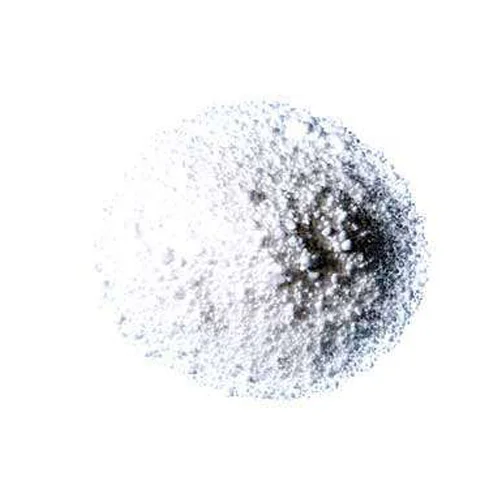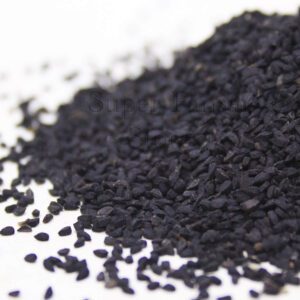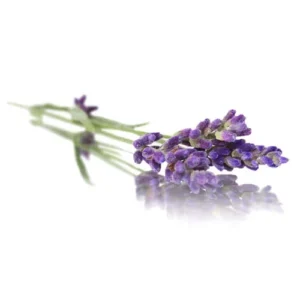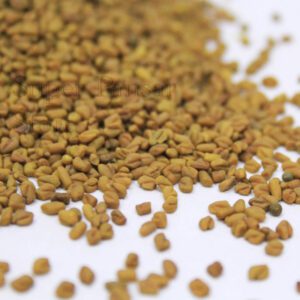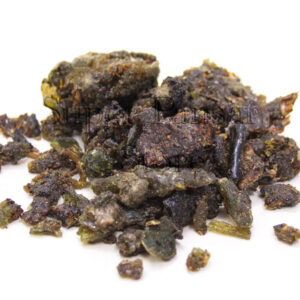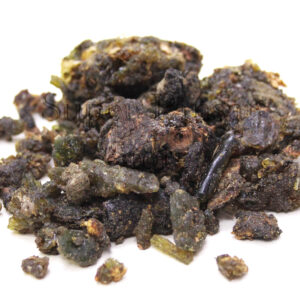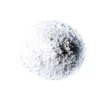No products in the cart.
Potassium Carbonate (Pearl Ash/Jonkhar) جونکھار
Price range: ₨ 300 through ₨ 3,600
Overview
Pearl ash, also known as potash or potassium carbonate, is a white alkaline powder derived from the ashes of burnt plants.
Historically, it was obtained by burning wood or other plant material and extracting the soluble salts from the ash.
Uses
Soap Making:
Historically, pearl ash was widely used in the production of soap.
It reacts with fats or oils to form potassium soap, which is soluble in water and has cleansing properties.
While its use in soap making has declined with the availability of other alkalis such as sodium hydroxide (lye) and potassium hydroxide, it is still used in some traditional soap-making processes.
Glassmaking:
Pearl ash has been used in glass production as a flux to lower the melting point of silica and facilitate the formation of glass.
It helps remove impurities from raw materials and improve the clarity and consistency of the glass.
While its use in glassmaking has decreased with the development of other fluxes, it is still used in some specialty glass applications.
Leavening Agent:
Before the widespread availability of baking powder, pearl ash was used as a leavening agent in baking.
When mixed with an acidic ingredient such as sour milk or molasses, it releases carbon dioxide gas, causing dough to rise and resulting in light and fluffy baked goods.
While it is no longer commonly used in baking due to the availability of safer alternatives, it has historical significance in traditional baking recipes.
Chemical Industry:
Pearl ash is used in various chemical processes and industries.
It may be used in the manufacture of certain chemicals, as a pH regulator in some industrial processes, or as a source of potassium in agricultural applications.
It is also used in some laboratory applications and in the production of specialty products.
Historical and Traditional Uses:
Pearl ash has been used for centuries in traditional medicine and household applications.
It was historically used for cleaning, tanning hides, and preserving food.
While its use in these applications has declined with the availability of modern alternatives, it still holds cultural and historical significance in some regions.
Additional information
| Weight | 50 Grams, 100 Grams, 250 Grams, 500 Grams, 1000 Grams |
|---|

